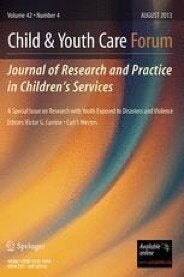Background
Children and adolescents in residential care have more adverse childhood experiences (ACEs) than those living in any other type of care. However, there is scant research on risk factors accounting for this accumulation.
Objective
To establish the prevalence of ACEs in child residential care and to explore predictors of accumulation and clustering patterns.
Method
A cluster-randomized sample of 1275 children ages 5–18 years was drawn from 78 residential care facilities across Romania. Clinical psychologists from Child Protective Services (CPS) aided in the collection of ACEs, family, health and history data. Network analysis was used to explore ACE clustering patterns, while a Zero-Inflated Negative Binomial regression provided insights into covariate risk factors.
Results
Within the network, influential ACEs were found to be consistent with previous research. However, using expanded ACEs on a high exposure sample, two new clusters emerged: (1) ACEs reported by children at the highest mean ages (abused by a romantic partner, arrested or incarcerated, sexually abused), (2) ACEs pertaining to social exclusion (seriously medically ill, discriminated, bullied). Several risk factors significantly predicted ACE accumulation: craniocerebral trauma, prenatal exposure to drugs, cognitive delay, conduct disorder and frequent change of homes. Institutional placement and special education were found as protective factors.
Conclusions
A child in residential care that was institutionalized for reasons other than neglect or abuse had 80% probability of not being ever exposed to any ACEs. Nevertheless, CPS can utilize important risk factors and influential past ACEs to detect children at higher risks of further adversity.

